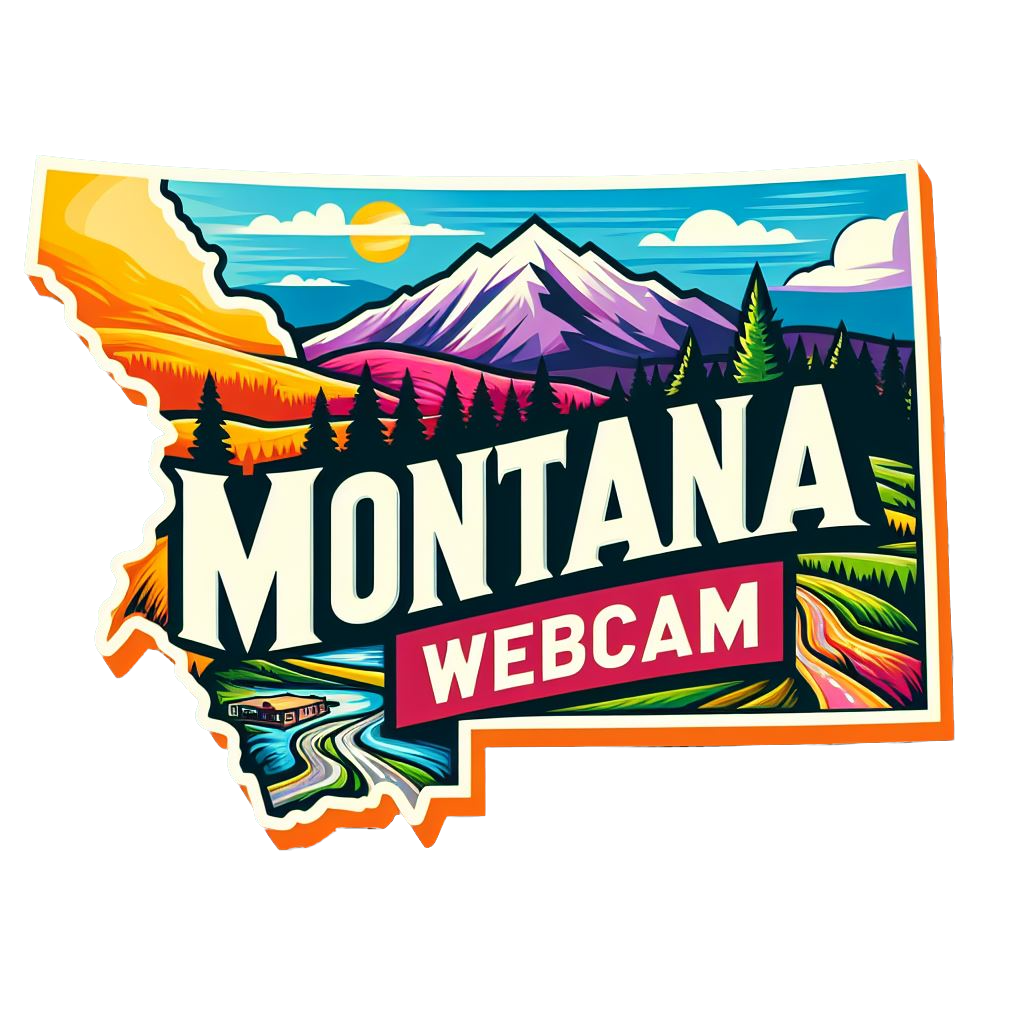Glacier National Park, MT Weather Cams
Apgar Mountain Cam
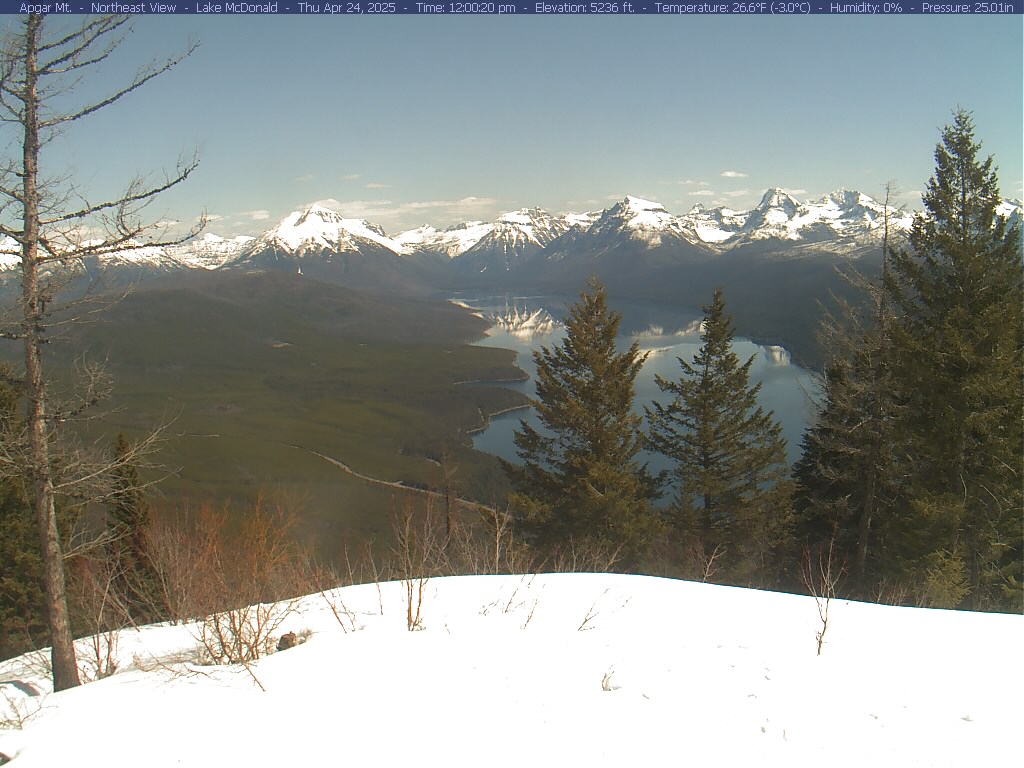
Lake McDonald Cam 1

Lake McDonald Cam 2
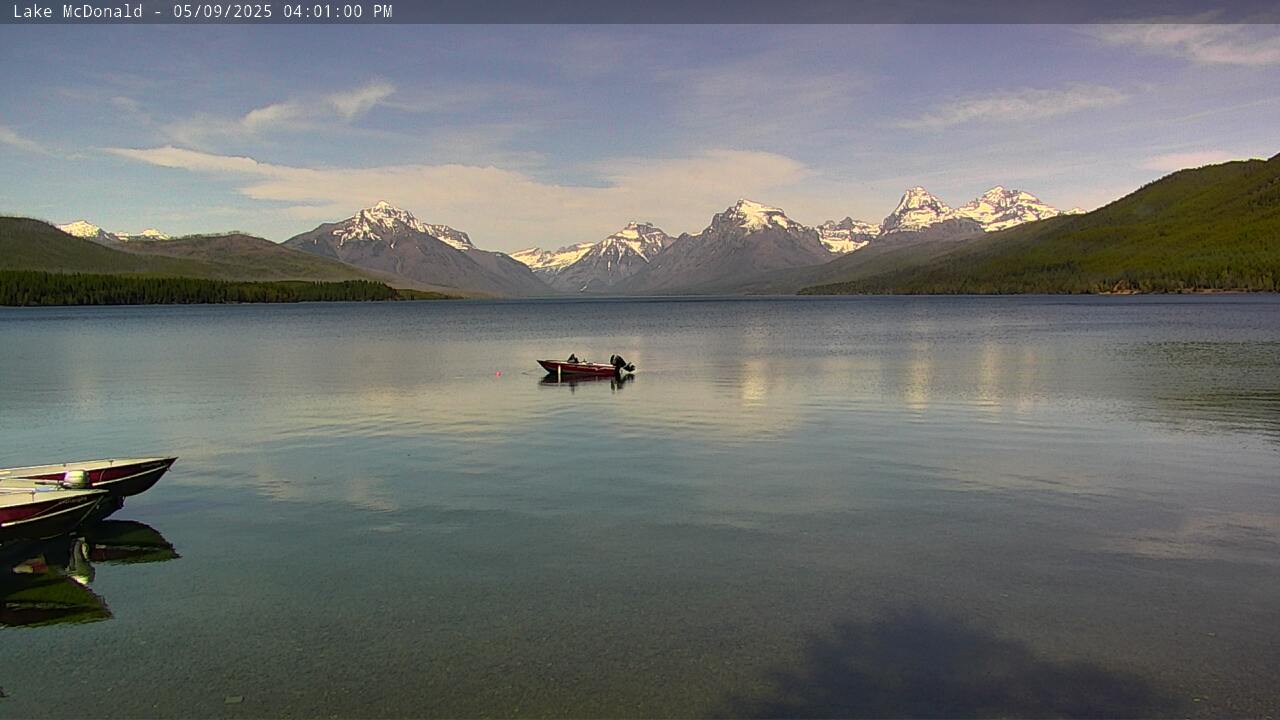
Apgar Visitor Center Plaza Cam

Apgar Visitor Center Plaza Cam 2
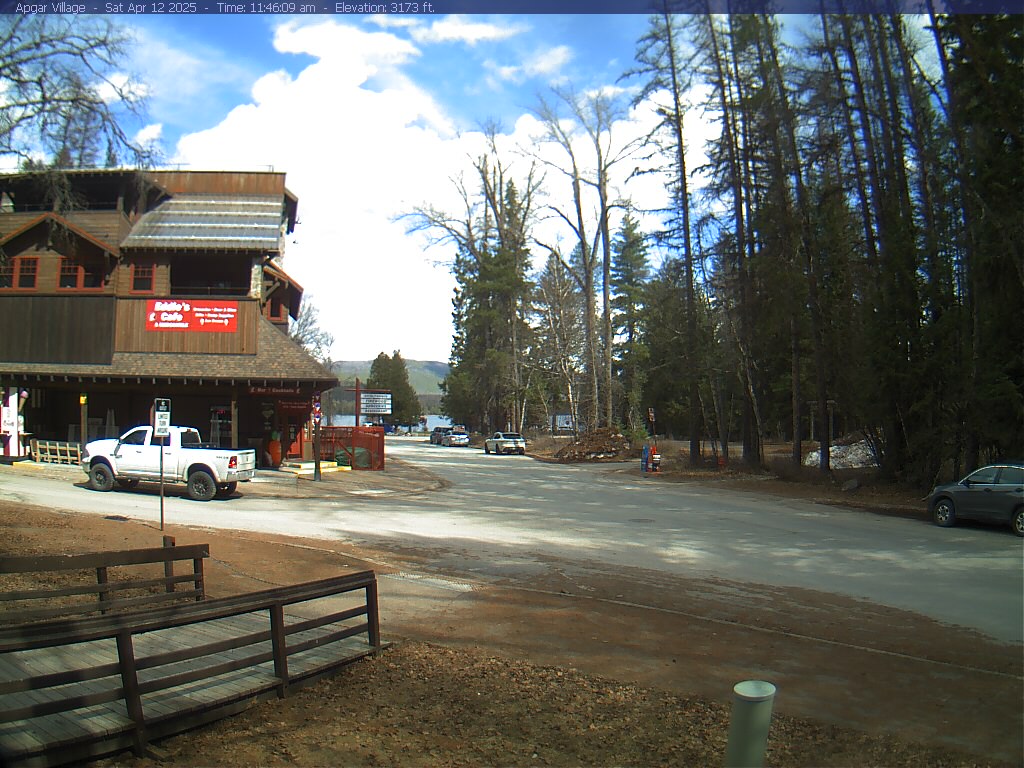
Middle Fork of the Flathead River Cam
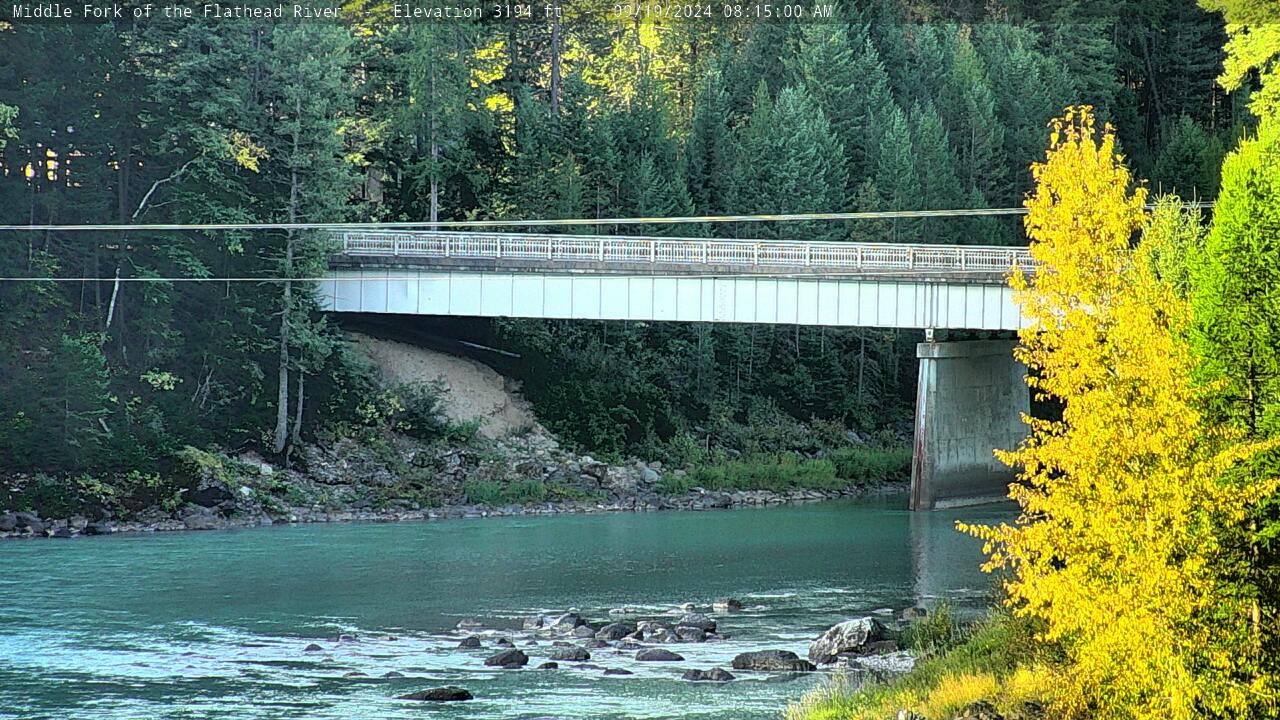
Park Headquarters Cam
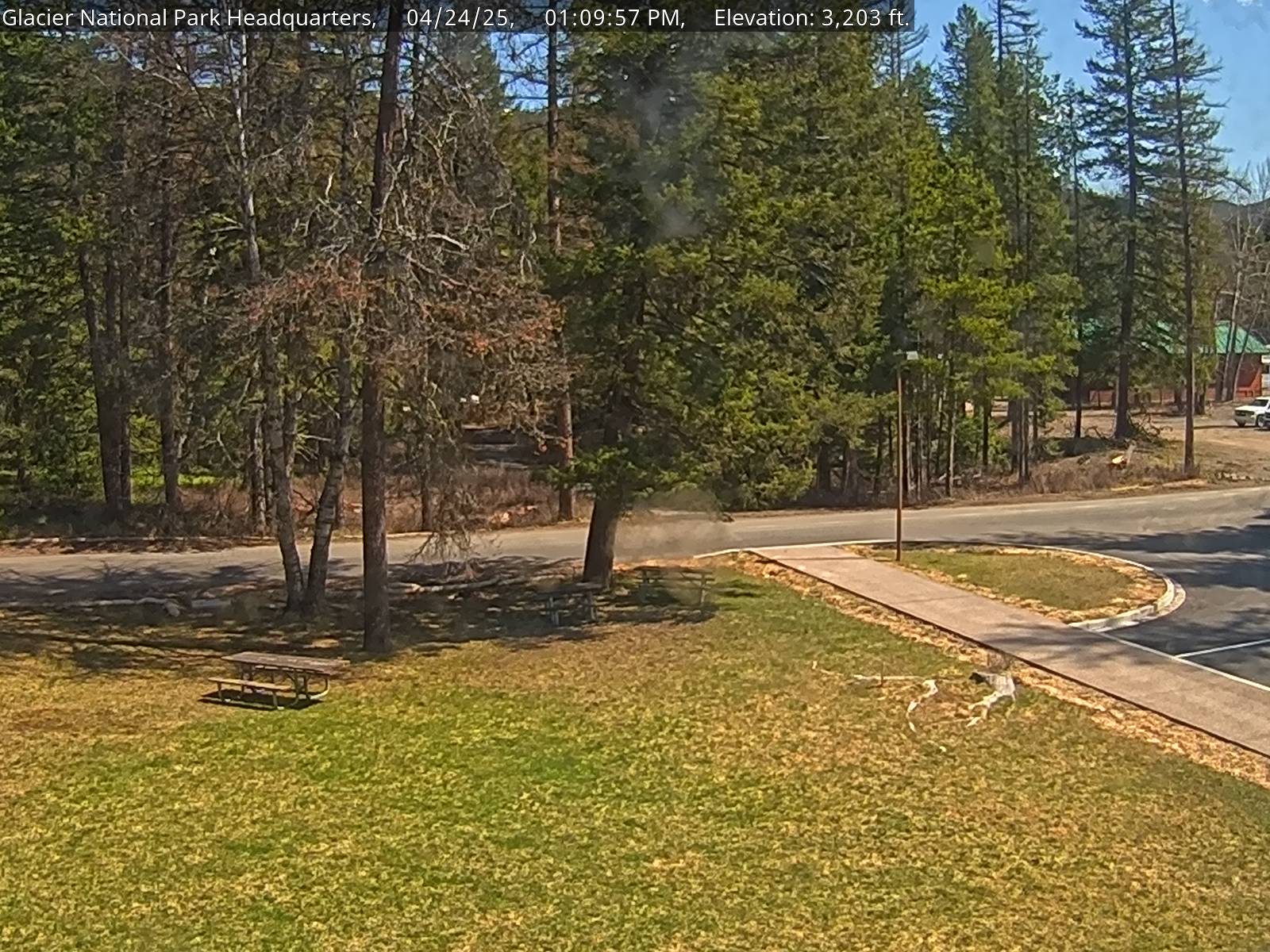
West Entrance Cam
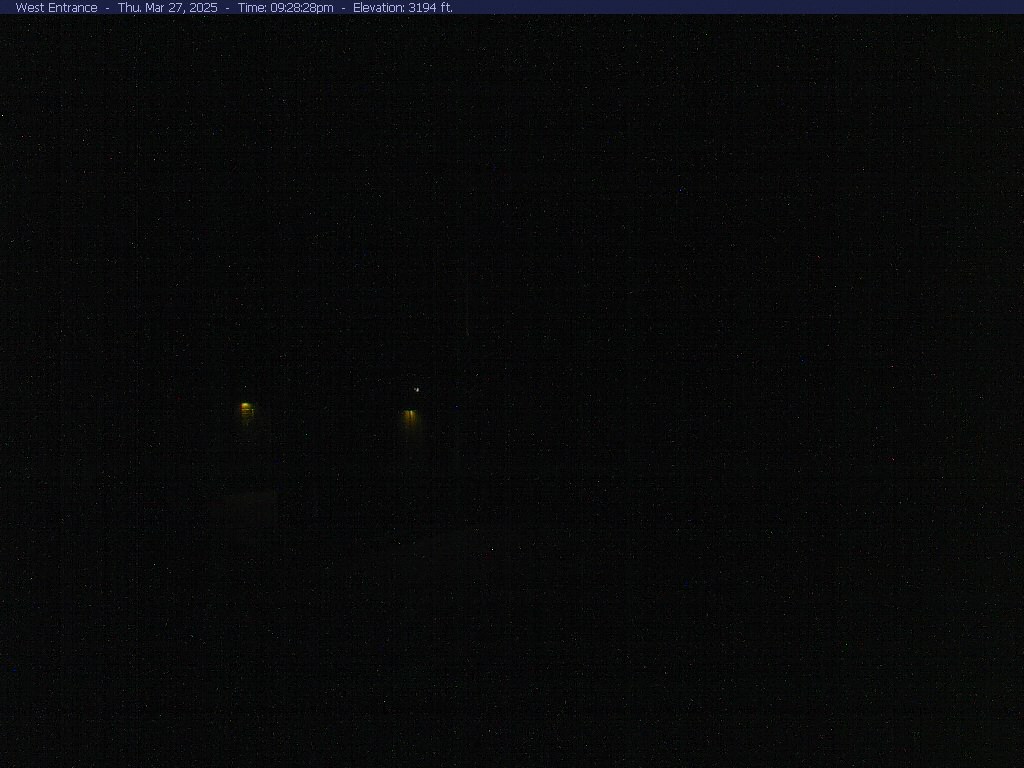
Logan Pass Parking Lot Cam

Logan Pass Cam 1

Logan Pass Cam 2

St. Mary Visitor Center Cam
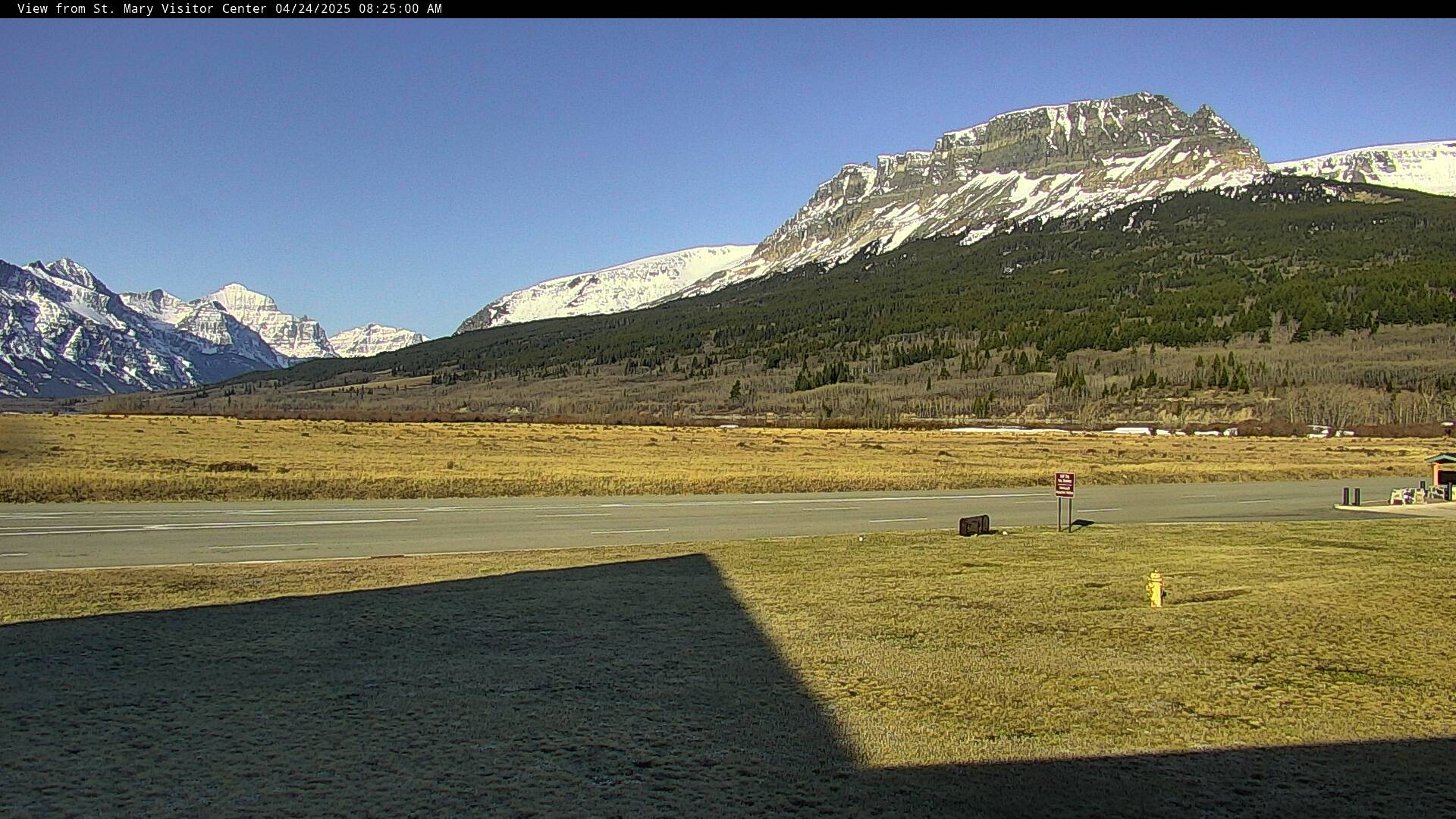
St. Mary Visitor Center – Dusty Star Observatory Sky Cam
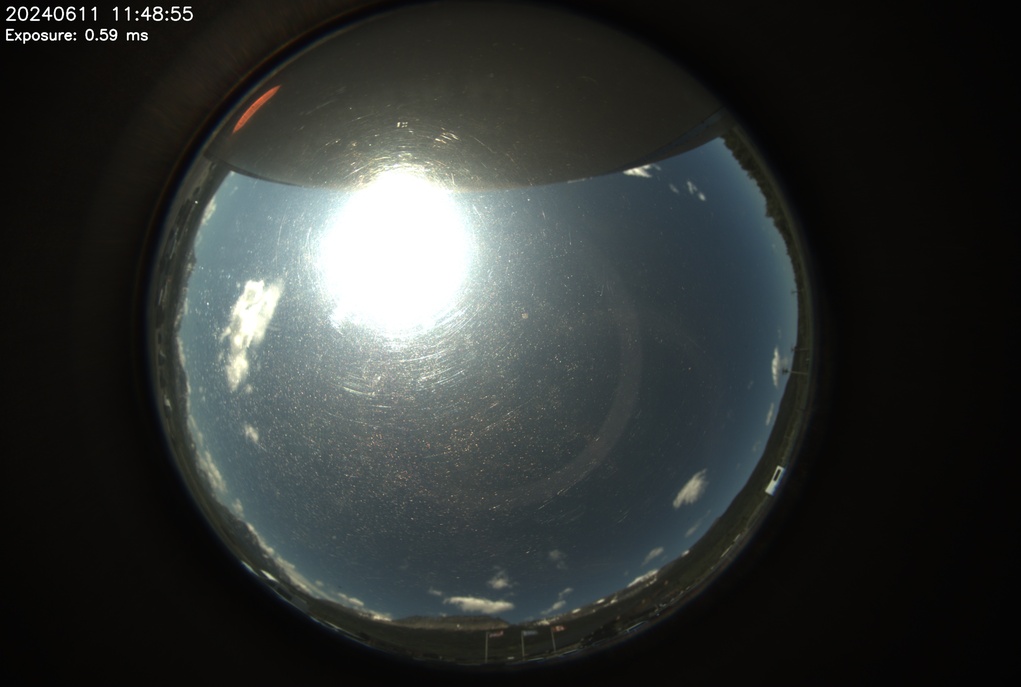
Mount Abbott Webcam (Canada side of park)

Mount Abbott Webcam Zoom (Canada side of park)

Mount Fidelity snow board (Canada side of park)

Mount Fidelity Cam (Canada side of park)

Major Rogers snow board (Canada side of park)

Glacier National Park, Montana: A Wilderness Untamed
Glacier National Park, MT Weather Cams. Glacier National Park, located in the rugged wilderness of Montana’s Rocky Mountains, is a place of awe-inspiring beauty and natural wonder. With its towering peaks, sparkling lakes, and pristine forests, the park is a sanctuary for wildlife and a haven for outdoor enthusiasts. Yet, behind its breathtaking landscapes lies a rich and storied history, shaped by centuries of human endeavor and the enduring forces of nature.
Indigenous Presence
Long before the arrival of European settlers, the land that would become Glacier National Park was home to indigenous peoples, including the Blackfeet, Salish, and Kootenai tribes. These tribes had inhabited the region for thousands of years, living in harmony with the land and its resources.
For the indigenous peoples, the mountains, valleys, and rivers of what is now Glacier National Park held deep spiritual and cultural significance. They regarded the land as sacred, believing it to be inhabited by powerful spirits and deities. The park’s towering peaks and pristine waters provided a vital source of sustenance and inspiration for their way of life.
Exploration and Settlement
The first recorded European exploration of the Glacier National Park area occurred in the early 19th century, as fur traders and trappers ventured into the Rocky Mountains in search of pelts and other valuable resources. However, it wasn’t until the late 19th and early 20th centuries that permanent settlement and exploration of the region began in earnest.
In 1885, George Bird Grinnell, a renowned naturalist and conservationist, embarked on an expedition to explore the rugged landscapes of what is now Glacier National Park. His writings and photographs captured the imagination of the American public, sparking interest in the region’s natural beauty and potential for conservation.
The establishment of the Great Northern Railway in the late 19th century further facilitated exploration and settlement in the Glacier National Park area. The railroad, which traversed the northern boundary of the park, provided access to remote areas and attracted tourists and adventurers from across the country.
Creation of Glacier National Park
In 1910, President William Howard Taft signed a bill into law establishing Glacier National Park, making it the 10th national park in the United States. The creation of the park was a landmark moment in the history of conservation, marking the beginning of efforts to preserve and protect the nation’s natural heritage for future generations.
Glacier National Park was originally established to protect the region’s spectacular landscapes and unique ecosystems, including its glaciers, alpine meadows, and pristine lakes. Over the years, the park’s boundaries have expanded to encompass over 1 million acres of wilderness, making it one of the largest and most diverse national parks in the United States.
Engineering Marvels
One of the most remarkable aspects of Glacier National Park’s history is the construction of the Going-to-the-Sun Road, a scenic highway that traverses the park’s rugged terrain. Built between 1921 and 1932, the road is an engineering marvel, with hairpin turns, steep grades, and breathtaking vistas that showcase the park’s natural beauty.
The construction of the Going-to-the-Sun Road was a monumental undertaking, requiring the use of innovative engineering techniques and sheer determination. Workers braved extreme weather conditions, treacherous terrain, and limited resources to complete the road, which remains one of the most iconic attractions in Glacier National Park.
Conservation and Preservation
Since its establishment, Glacier National Park has been a focal point for conservation and preservation efforts in the United States. The park is home to over 130 named lakes, more than 1,000 species of plants, and numerous species of wildlife, including grizzly bears, mountain goats, and bighorn sheep.
In recent years, Glacier National Park has faced numerous challenges, including climate change, invasive species, and habitat destruction. The park’s glaciers, which once numbered over 150, have been receding at an alarming rate due to rising temperatures, prompting concerns about the long-term viability of the park’s ecosystems.
Cultural Heritage
In addition to its natural beauty, Glacier National Park is home to a rich cultural heritage, shaped by centuries of human activity and interaction with the land. The park contains numerous archaeological sites and historic structures, including Native American artifacts, homesteads, and early mining camps, which offer insight into the region’s diverse history.
The park’s cultural heritage is celebrated through interpretive programs, exhibits, and events that highlight the contributions of indigenous peoples, early settlers, and conservation pioneers. These efforts aim to preserve and share the stories of those who have shaped the park’s past and present, ensuring that their legacy lives on for future generations.
Tourism and Recreation
Today, Glacier National Park attracts millions of visitors each year, drawn by its stunning landscapes, diverse wildlife, and opportunities for outdoor adventure. The park offers a wide range of recreational activities, including hiking, camping, fishing, and wildlife viewing, allowing visitors to experience the wonders of the natural world up close.
Popular destinations within the park include Lake McDonald, Avalanche Lake, and Many Glacier, each offering its own unique beauty and opportunities for exploration. The park’s network of hiking trails provides access to remote wilderness areas, where visitors can immerse themselves in the sights and sounds of nature.
Conclusion
Glacier National Park, Montana, is more than just a wilderness; it is a living testament to the power of conservation, preservation, and human imagination. From its glacial origins to its modern-day role as a sanctuary for wildlife and a playground for outdoor enthusiasts, the park’s history is as diverse and vibrant as its landscapes.
As we look to the future, it is essential that we continue to cherish and protect Glacier National Park and its surrounding ecosystems. By working together to conserve and steward this precious resource, we can ensure that future generations will be able to experience the wonder and beauty of this wilderness untamed.
For more information, visit the official Glacier National Park website.
